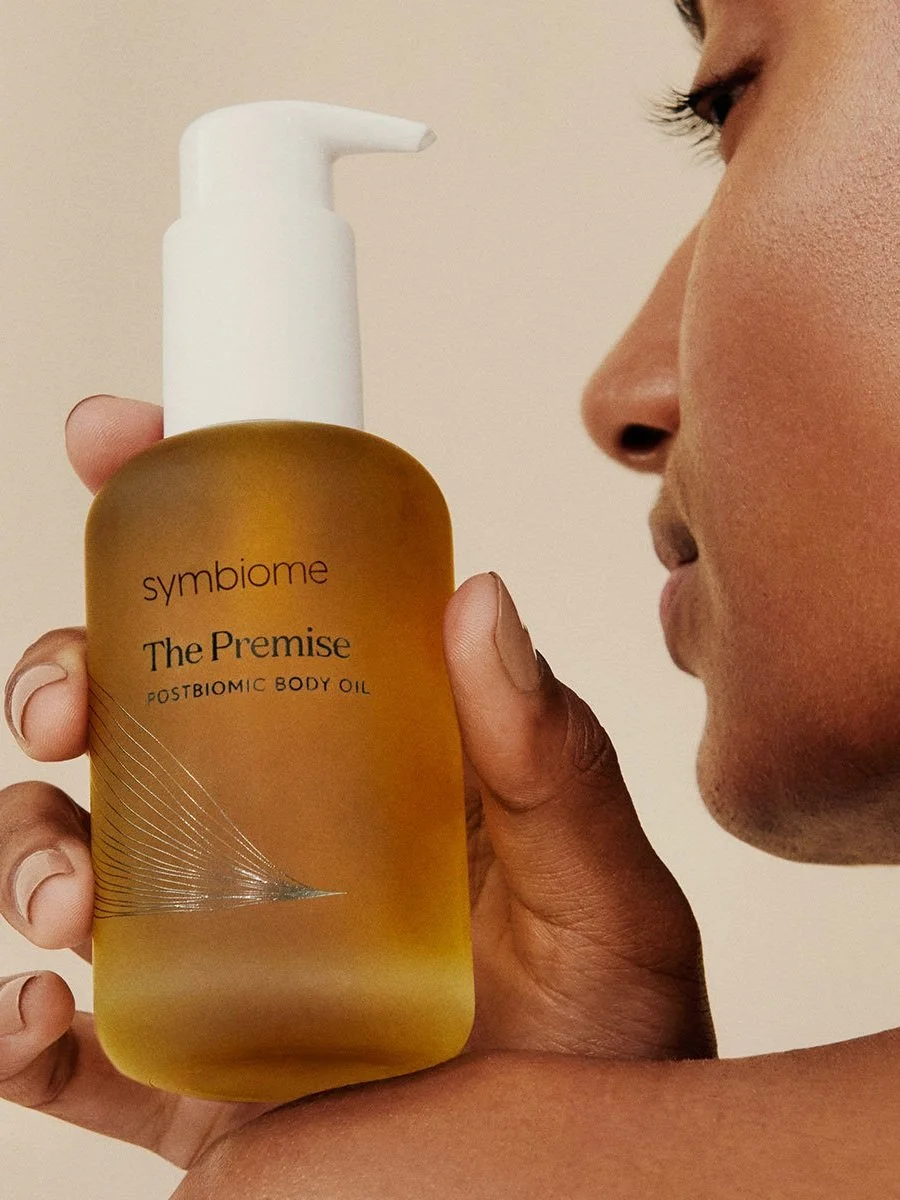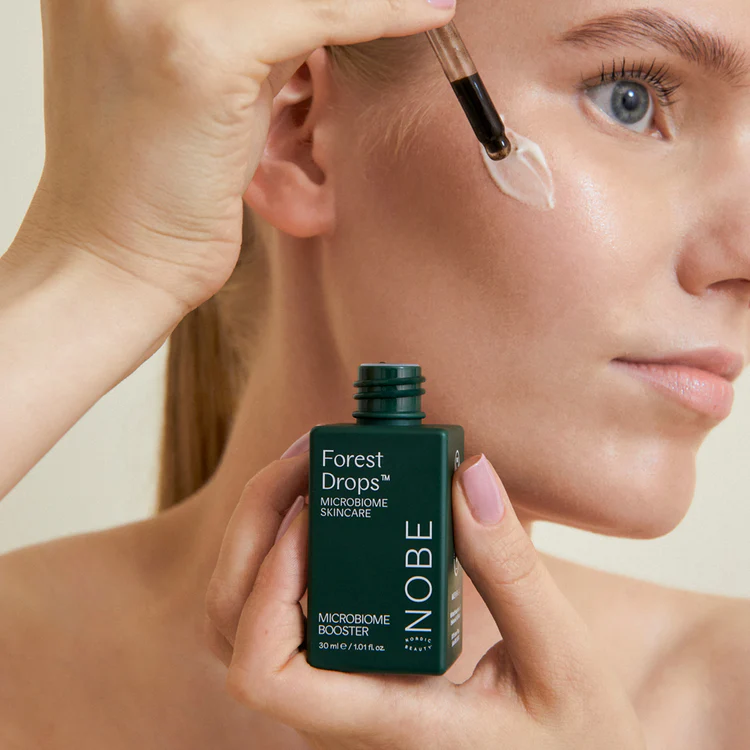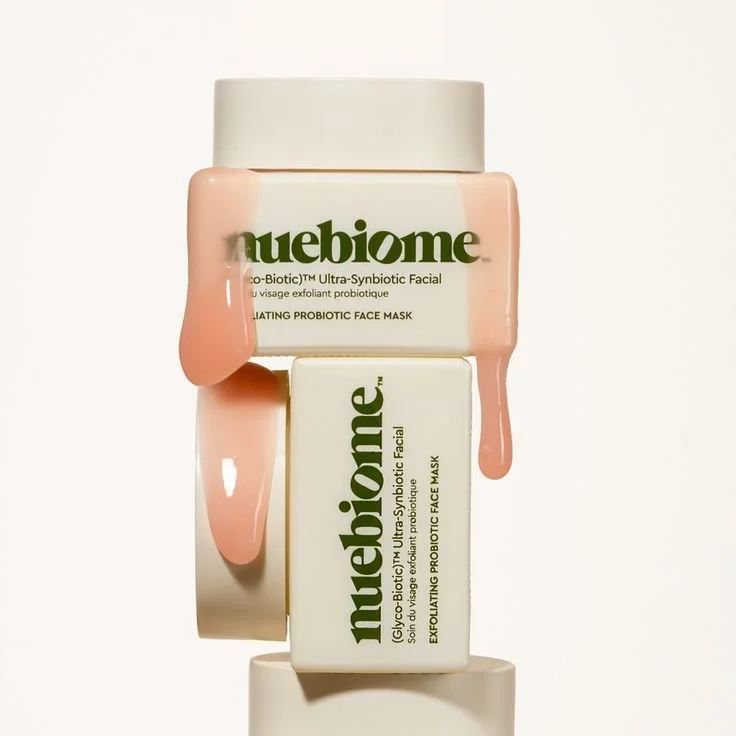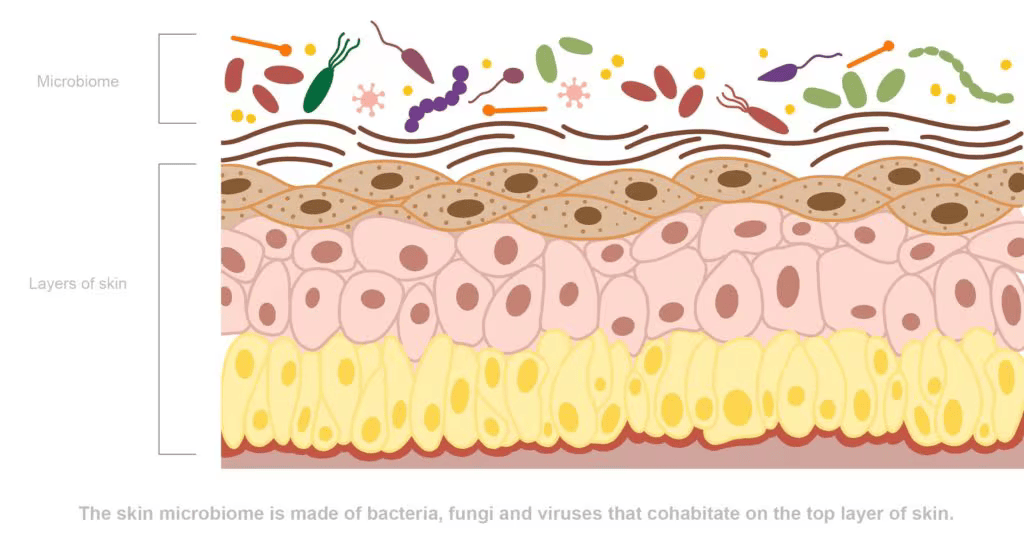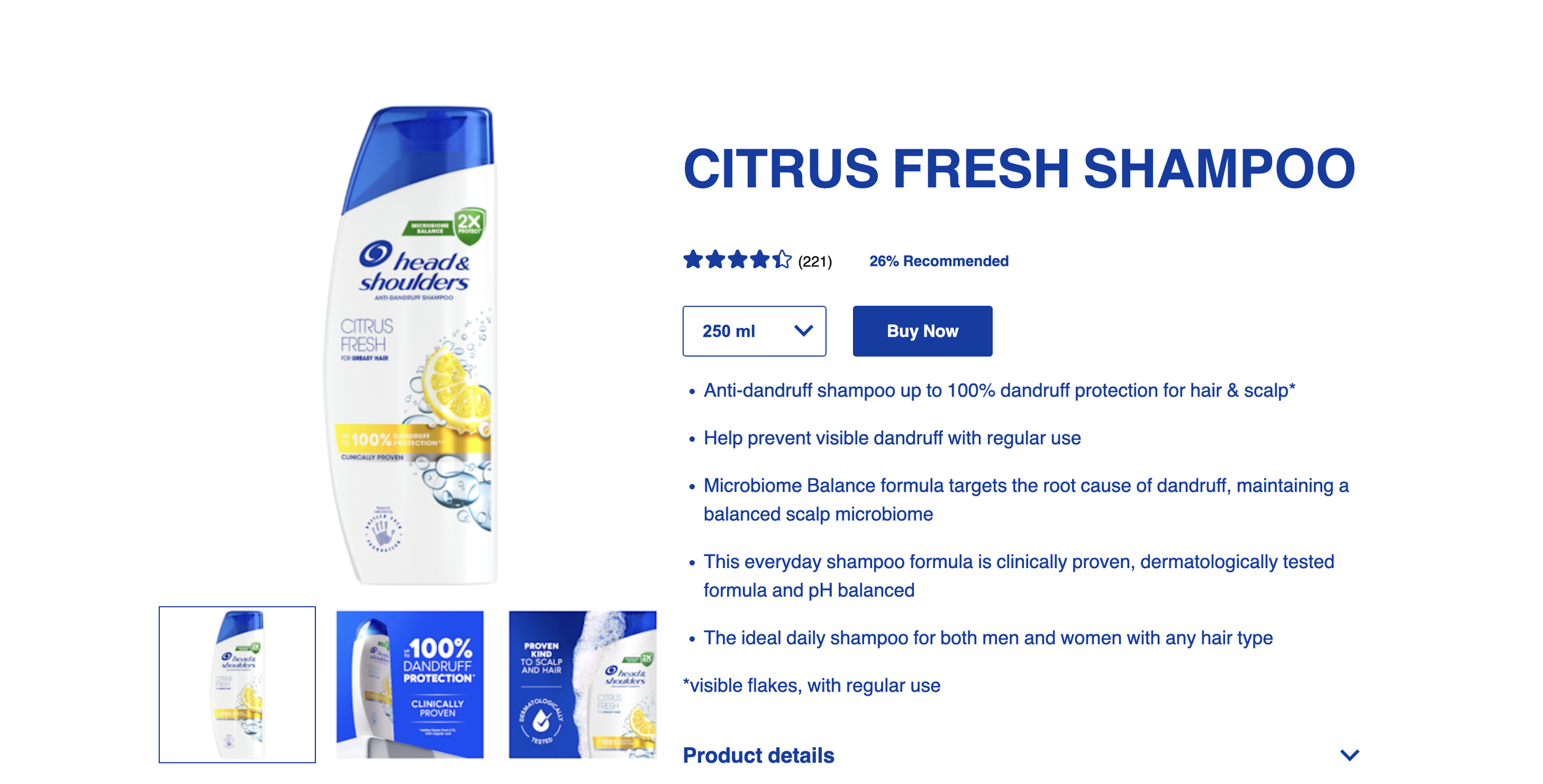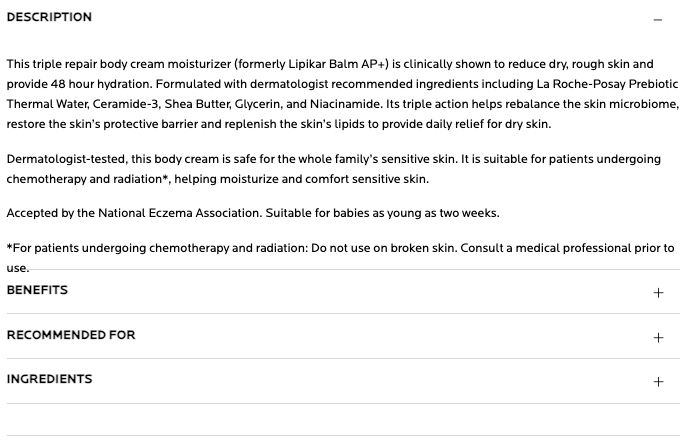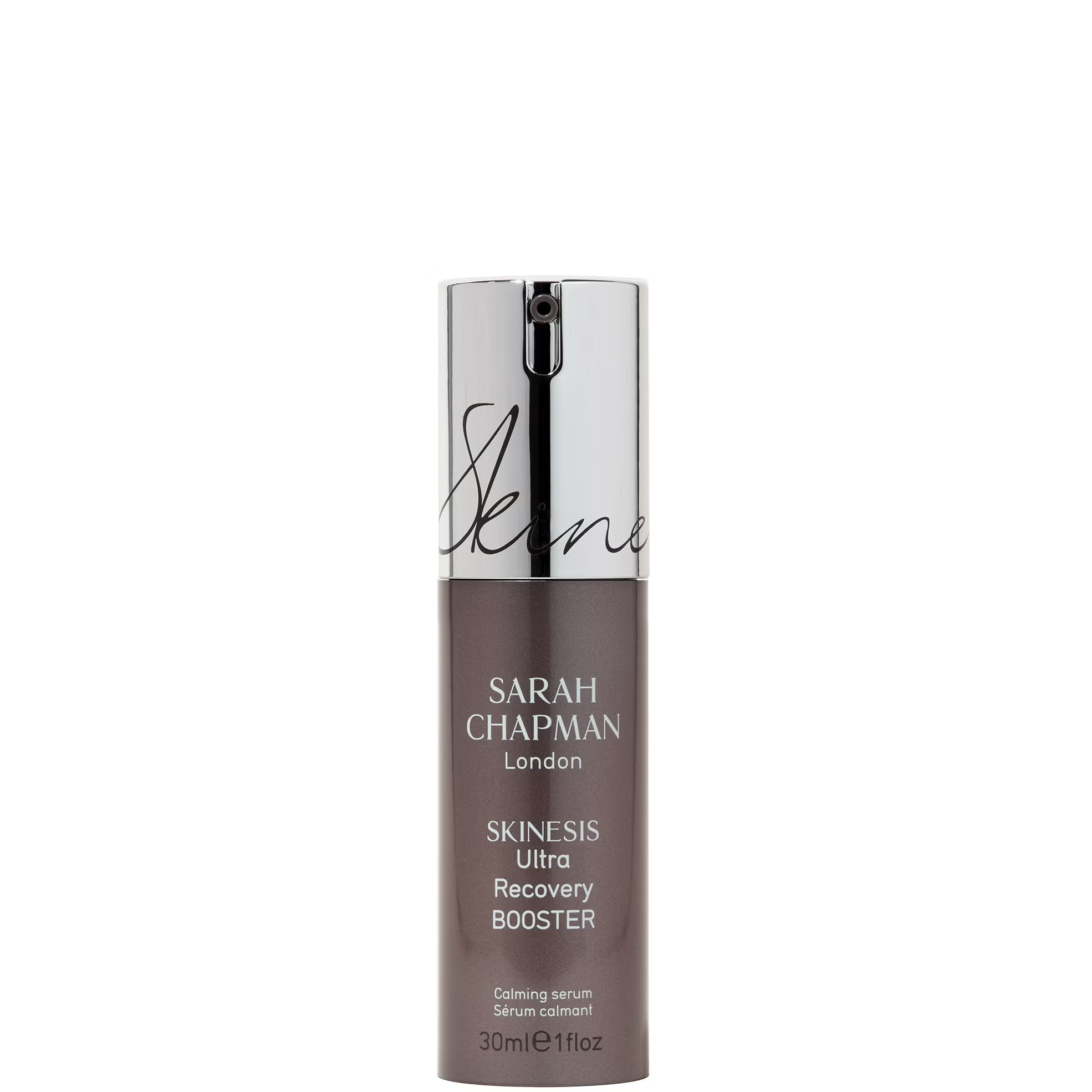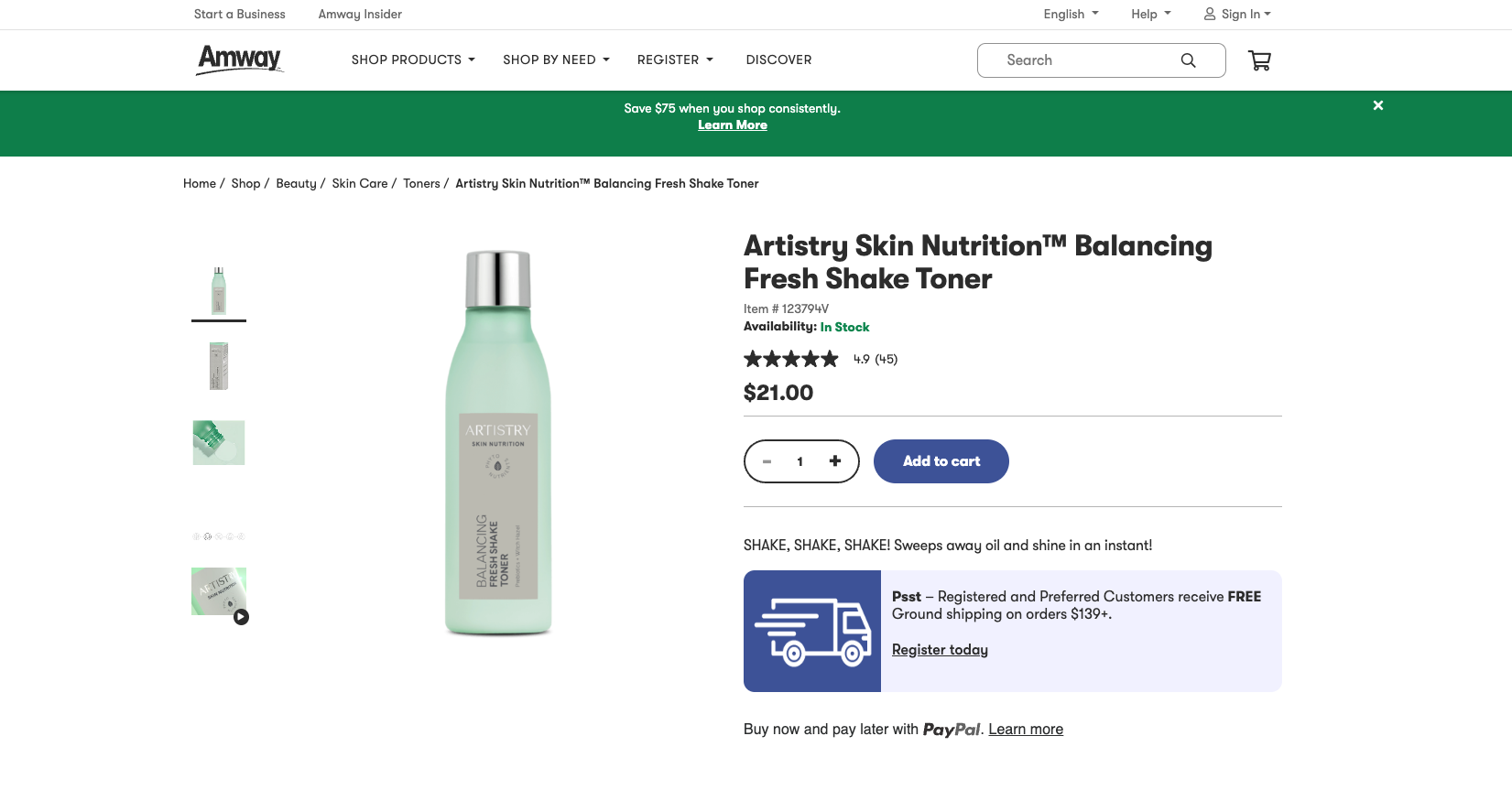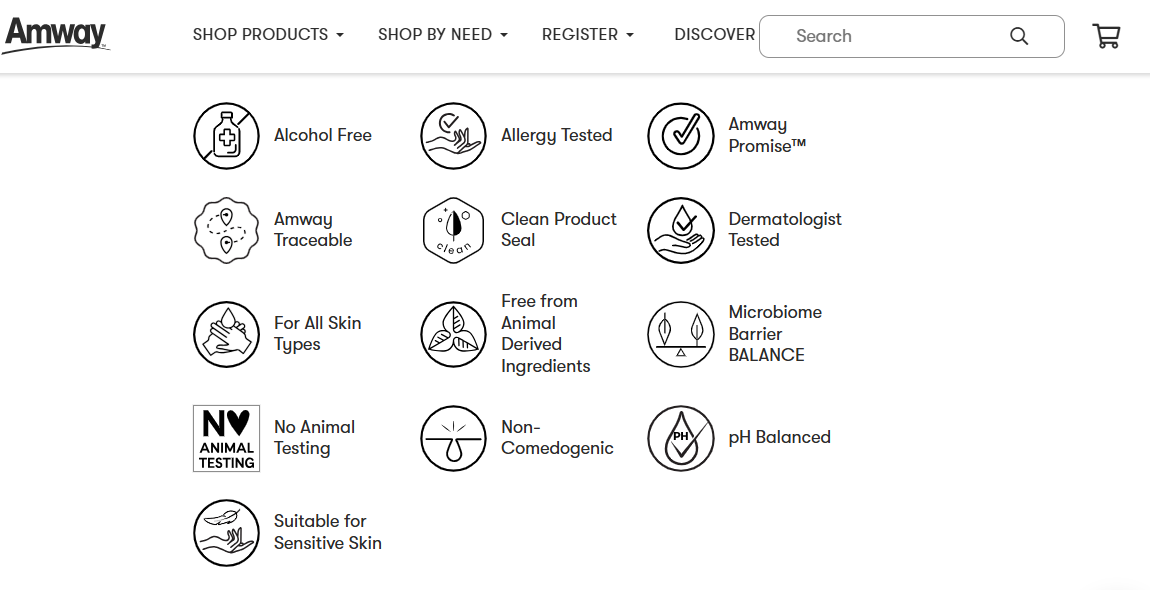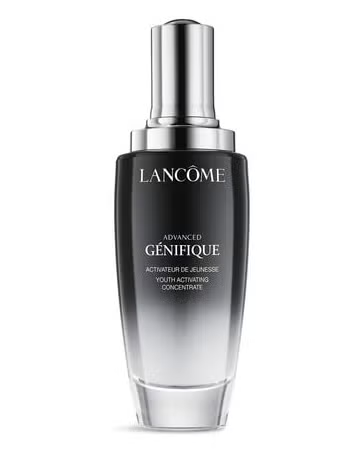A Guide to Prebiotic Skincare for Your Brand
Skincare isn’t just about slathering on creams anymore – it’s about feeding the tiny ecosystem living on your face. Yep, we’re talking about the skin microbiome. Once a niche topic for science nerds, it’s now a full-blown beauty obsession. And for good reason: a balanced microbiome means calmer, healthier, glowier skin.
The industry has caught on fast. From indie startups to legacy brands, everyone’s rushing to launch skincare brands with microbiome-friendly products. This isn’t just trend-hopping, it’s a response to real demand from consumers who want skincare that works with their skin, not against it.
The skin microbiome has become a serious focus in dermatological science – not just a trendy marketing hook. As Dr. Oliver Worsley, CEO of Sequential, told Cosmetics Design: “We now understand the skin microbiome is as important as any other component of the skin (e.g. the skin barrier).”
This shift in thinking is transforming product formulation strategies, with researchers now exploring how microbial modulation can naturally boost ceramides, hyaluronic acid, and skin resilience overall. For skincare brands, this means the future lies in formulating with the microbiome and not around it.
If you're looking to capture this growing market, understanding the science behind the skin microbiome and prebiotics is essential. In this blog post, we will break down what is microbiome-friendly skincare, what is the role of prebiotics, probiotics and postbiotics in skincare, and give you the key insights you need to sell these amazing products.
Table of Contents
What is skin’s microbiome?
Your is home to a thriving ecosystem of bacteria, fungi, and other microorganisms that together form the skin microbiome. This invisible community plays a critical role in keeping your skin healthy, balanced, and resilient.
Source: Absorbine
Like a fingerprint, your microbiome is entirely unique. Its makeup is influenced by your genetics, environment, skincare routine, stress levels, and more. When in balance, it protects against irritation, dryness, and harmful bacteria. But when it’s disrupted, the skin becomes more vulnerable to sensitivity, breakouts, and inflammation.
What are prebiotics, probiotics, and postbiotics?
Healthy skin starts with a strong skin barrier, and keeping it balanced means supporting the skin’s microbiome.
As certified pharmacist Ksenia Kumachova explains: “A special group of substances known as pre-, pro-, and postbiotics help sustain this delicate balance, supporting a stronger skin barrier and a greater sense of comfort.”
So what’s the difference between them?
Prebiotics are ingredients that feed the good bacteria already living on your skin. Think of them as fertilizer for your microbiome. These are often sugar-based compounds like rhamnose, glucose, glucuronic acid, glycerin, algin, and hydrolyzed hyaluronic acid. You’ll find them in formulas like our Microbiome Prebiotics Face Mist and Bioactive Prebiotics Jelly Serum.
Probiotics are live, beneficial bacteria. When applied topically, they can help restore microbial balance and in some cases, even support the gut-skin connection.
Postbiotics are non-living bacterial byproducts such as lysates, ferments, and metabolites. Though not alive, they can deliver benefits like calming inflammation, strengthening the barrier, or enhancing hydration.
Together, these ingredients represent a more holistic, science-driven approach to skin health. One that works with your skin’s biology, not against it.
Microbiome Prebiotics Face Mist and Bioactive Prebiotics Jelly Serum
You’ll find these skin-loving ingredients in our Microbiome Prebiotics Face Mist and Bioactive Prebiotics Jelly Serum. Two formulas designed to support a healthy microbiome and strengthen the skin barrier from the outside in.
Who benefits from prebiotic skincare?
Prebiotic skincare is all about creating a healthy environment for your skin’s natural bacteria to thrive, and that’s something nearly everyone can benefit from. Whether your customers struggle with irritation, dryness, breakouts, or just want stronger, healthier skin, prebiotics can offer gentle, science-backed support.
Because prebiotics work with the skin, not against it, they’re well tolerated by most skin types, even sensitive or reactive ones. That makes them ideal for daily use, especially in barrier-supportive routines.
Here are some of the most common skin concerns prebiotic products can help with:
Sensitive or easily irritated skin: Prebiotics help calm and support the skin’s defenses, making flare-ups less likely over time.
Redness and inflammation: A balanced microbiome helps reduce inflammatory triggers, which can mean less redness and more even tone.
Dry, flaky skin: Prebiotics work alongside hydrating ingredients to restore moisture while keeping the microbiome intact.
Breakout-prone skin: By promoting healthy bacteria, prebiotics can help reduce the imbalance that often leads to clogged pores and blemishes.
Post-treatment skin: After exfoliating, waxing, or using active ingredients, the skin is more vulnerable. Prebiotics can gently support recovery and resilience.
As Dr. Oliver Worsley notes, “We now understand the skin microbiome is as important as any other component of the skin.” This new approach to skincare is treating symptoms and building lasting skin resilience.
How brands market microbiome products
Microbiome cosmetics appeal to a wide audience. It is not just for women, these products are increasingly targeted for men (think soothing aftershaves), teens (targeting oily or acne-prone skin), and even gentle formulations for toddlers and infants, emphasizing the importance of supporting the skin's natural balance from an early age.
Product description for Head&Shoulders Citrus Fresh Shampo
Microbiome-friendly skincare claims are no longer just for niche brands, it is going mainstream. We see it everywhere, from pharmacy shelves to popular drugstore aisles. Big brands like Head&Shoulders, Eucerin, La Roche-Posay, Lancôme are featuring ingredients like probiotics and making claims about balancing skin’s HP levels and supporting the microbiome.
As our understanding of the skin microbiome grows and regulations catch up, brands will need solid science to back up their claims. This focus on scientific validation helps the consumer feel confident in their choices. That means we can expect to see more testing and certifications. Being genuinely effective and honest is becoming more and more important for beauty and skincare brands that want to stand out.
How to sell probiotic skincare products?
In this growing skincare market, clear and compelling messaging is crucial, especially when using premium private label products. To effectively market prebiotic infused and microbiome-friendly products, go beyond just listing ingredients.
Focus your product descriptions and marketing materials on the core benefits for your customer's skin: how they help balance the skin's microbiome, support the protective barrier, and lead to healthier, and resilient skin.
Pinpoint how these products can address common skin concerns by nurturing the microbiome. Highlight the ability to soothe sensitivity, reduce redness and irritation, support clearer-looking skin, and boost hydration. Position these products as a gentle yet effective approach that works with the skin's natural biology.
Draw inspiration from big brands, take a look at what they are highlighting about their products. Good example is Amway. The main benefit are clearly stated and their concise approach makes it easy to read and understand.
Beyond product descriptions, dedicate some of your marketing efforts to educating your customers. Use social media, blog posts, or even simple infographics to explain the fascinating world of the skin microbiome in an accessible way. Teach your customers why a balanced microbiome is important and how disruptions can lead to common issues. This will help customers understand the value of your products on a deeper level.
The "skin barrier" is a major trend, leverage it! Explain how prebiotics contribute to a stronger, more resilient skin barrier that's better protected against environmental stressors. Suggest how your products fit into a simple, effective skincare routine and highlight potential product pairings for enhanced benefits.
Finally, be transparent! Clearly communicate the beneficial ingredients you're using and their role in promoting a healthy microbiome. Transparency builds trust, which is absolutely vital in a market characterized by informed purchasing decisions. Just one important thing to note - don’t make claims that are not true, that will hurt your brand forever.
Conclusion
The science of the skin microbiome is undeniably reshaping the beauty landscape, and prebiotics are leading the charge. With growing consumer interest, a booming market, and increasing scientific validation, offering microbiome-friendly products is no longer just a trend. The market is growing and there are big opportunities to seize.
By understanding the power of prebiotics, recognizing the immense market opportunity, and focusing on educating your customers with clear, benefit-driven messaging, you're perfectly positioned to succeed. You have the chance to build a brand that not only offers innovative, high-quality products but also empowers customers to achieve healthier, more resilient skin.
Frequently Asked Questions
-
The skin microbiome is a complex ecosystem of microorganisms that lives on your skin. It plays a crucial role in maintaining your skin's health, protecting it from irritation, dryness, and harmful bacteria. When the microbiome is out of balance, your skin can become more vulnerable to issues like sensitivity, inflammation, and breakouts. Supporting this ecosystem with the right skincare is key to achieving a calmer, healthier complexion.
-
These three terms refer to different components that support the skin's ecosystem.
Prebiotics are "food" for the good bacteria already on your skin, helping them thrive.
Probiotics are live, beneficial bacteria that you apply topically to help restore balance.
Postbiotics are non-living byproducts of bacteria that offer benefits like soothing inflammation and strengthening the skin barrier.
-
Prebiotic skincare is beneficial for nearly everyone, as it's designed to create a healthy environment for your skin's natural bacteria.
These products are especially helpful for people with sensitive or easily irritated skin, as they can calm and support the skin's defenses. They can also help with common issues like redness, dryness, and breakouts by promoting a balanced microbiome and a stronger, more resilient skin barrier.
Must read


